Unknowingly preserving a piece of gaming history: Castlevania: Bloodlines
Sega Genesis / Mega Drive
There were two video game franchises that followed me during the 80’s and 90’s: Castlevania and Final Fantasy (Castlevania being on top). To say that their games were my favorites would be underselling selling them. That being said, I never played any role in the development of any Castlevania game but I’d like to think that I played a minor role in the preservation of Castlevania history.
Again, Castlevania has been one of my favorite video game franchises going back to the very first for the NES. Truth be told, it was both Simon’s Quest and Dracula’s Curse that really got me hooked.
Anyway, the year was 1999. I just learned about eBay and found out that through eBay, I was able to purchase Akumajo Dracula X: Chi no Rondo (or Castlevania Dracula X: Rondo of Blood). At that time, it was never released in the US. It would eventually find its way to US shores in 2007 with the release of Castlevania: The Dracula X Chronicles. But we are still in the year 1999. I knew of its existence for years from gaming magazines and later, the Internet. But now, I needed to both own it and play it. So, I went through the process of buying small items to earn enough positive feedback where I can make larger purchases without raising any flags with the seller.
Interesting fact
The events of Castlevania: Symphony of the Night for the Playstation continues after the events of Rondo of Blood. And even though Rondo of Blood had not been released in the US at the time Symphony was released, we did see a watered down port / remake of Rondo of Blood for the SNES as Castlevania: Dracula X. It wasn’t nearly as good as Rondo but unfortunately, that was all we had. If memory serves, the reasons for not seeing a US release of Rondo were the result of a Konami / NEC licensing disagreement.
Then the time came: I found the auction to bid on. The seller lived in France and was selling the complete CD-ROM in its original jewel case with manual alongside a small game guide for about $250 or so. Without hesitation, I bought it, paid for it with an International money order and patiently waited for it to be received. It was an exciting time. Pretty soon, I was about to own the crown jewel of the Castlevania series.
At first, I ran the game in a PC-Engine emulator. I cannot remember the name at the moment, maybe TurboEngine. Then, 6 months later, I spent another $200 or so, for the physical PC Engine Turbo Duo Super CDROM2 console (to play it on the TV). Now, we were talking.
Maybe less interesting fact
In the year 2003, the optical pickup lens for the console (already over a decade old), decided not to work. This is the component the console used to read CD-ROMs. I was able to take it apart, get the part number and eventually find a distribution warehouse in China that still had some in stock. After spending over $70 in wire transfers to their bank account, they sent me the replacement part and I was finally able to repair the console, where now it sits in its original box in the storage room of my basement.
But what of the game guide? Yes, if you recall, I also mentioned that a game guide came with the game and was listed as part of the eBay auction. Obviously, it was neat. It had some interesting art and was entirely in Japanese. Although, the most interesting page was at the end of the guide. There was a page that featured the Sharp X68000 Castlevania game (later re-released as Castlevania Chronicles) and also Bloodlines for the Sega Genesis/Mega Drive. At least one of the images of Bloodlines was from a prototype or beta release and those scenes did not make it into the final release of the game.
Not many will know this but Castlevania Bloodlines is one of my favorites in the entire series. Released in 1994, it was originally intended to be a “gaiden” game (or spin-off / sidequel) but eventually found its way into the mainline series and chronology. Unfortunately, it lived in the shadows of Super Castlevania 4 for the SNES and because of folks constantly comparing it to its 16-bit counterpart instead of appreciating the game for what it was, it wasn’t immediately well received and eventually, forgotten to time.
Back to the game guide! I sat on this game guide for a while but in 2003 (maybe 2004), I decided to contribute complete scans of this guide to the Mr. P’s Castlevania Realm website and didn’t think anything of it.
That is, until many years later when I started to see my scans featured as citations on Wikipedia and in YouTube videos (you can tell by the creases) and more. Fast forward to 49:50 to watch the entire conversation around the guide.
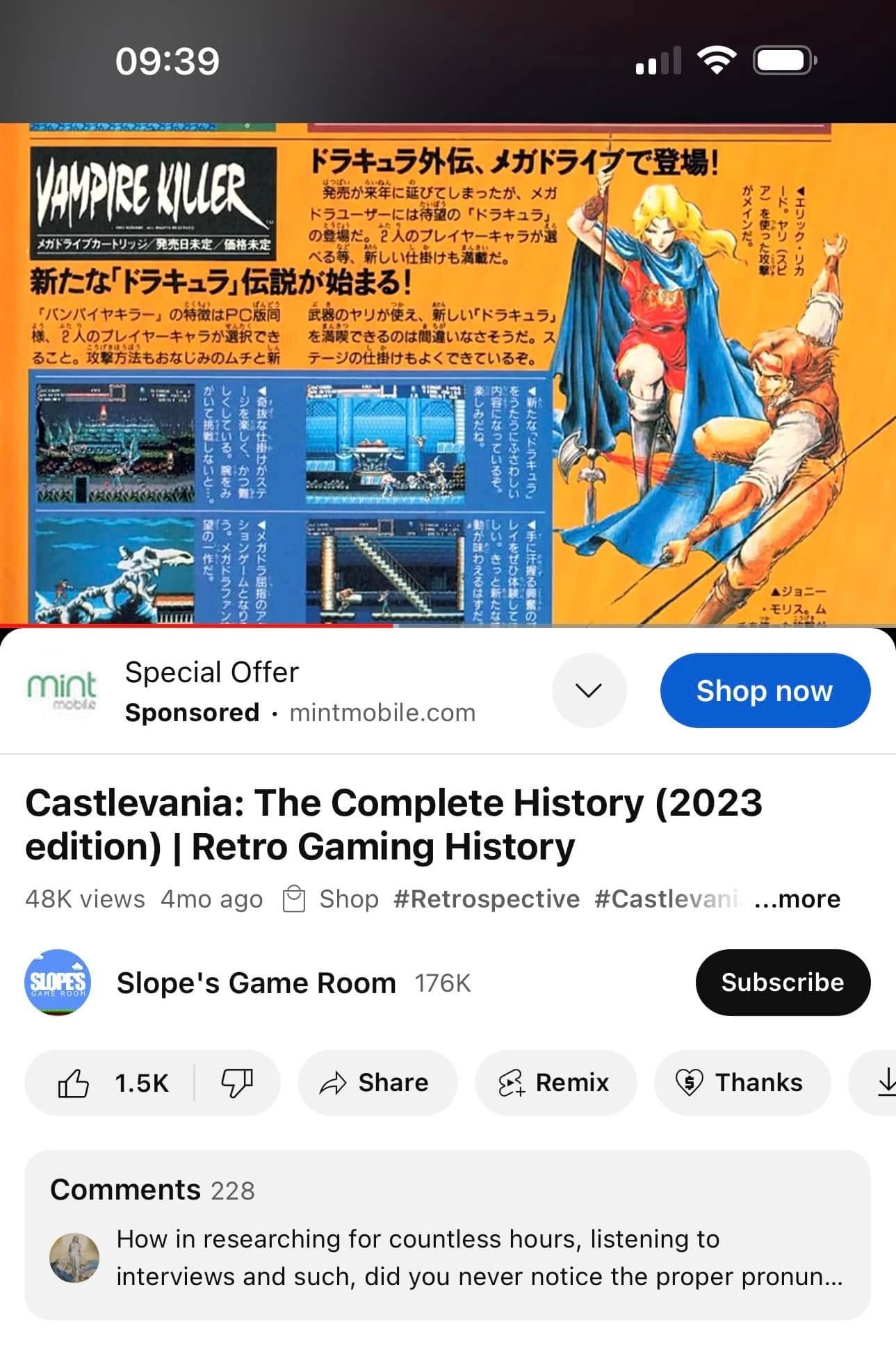
I have also seen those exact same scans lifted and used on other Castlevania fan sites. I thought that was pretty neat and still do.
The best part of all of this: I still own this rare guide on my bookshelf and it isn’t going anywhere any time soon. I also still have the same copy of the Rondo of Blood and the PC Engine (which probably needs a new lens by now).
So, unknowingly, I preserved a piece of what could have been lost Castlevania history. Take this is a lesson. Share what you know and what you have. Find a way to preserve that piece of gaming history on a website or maybe even on social media. You’d be surprised at how many people will learn something new and appreciate what you have shared.



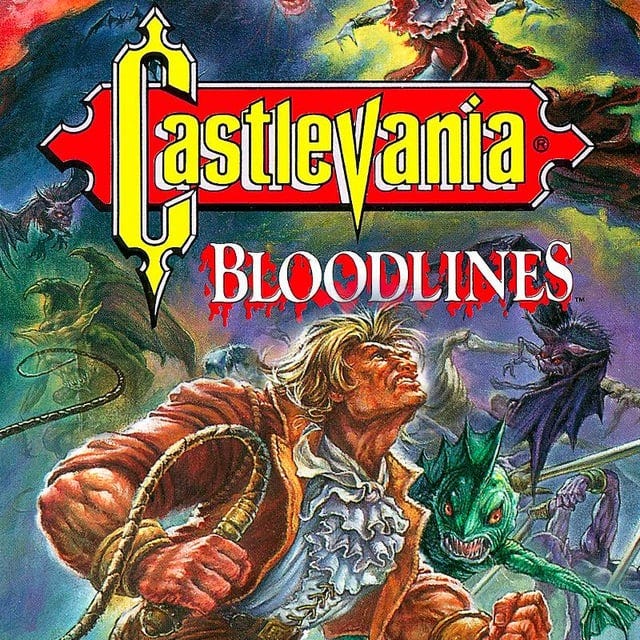
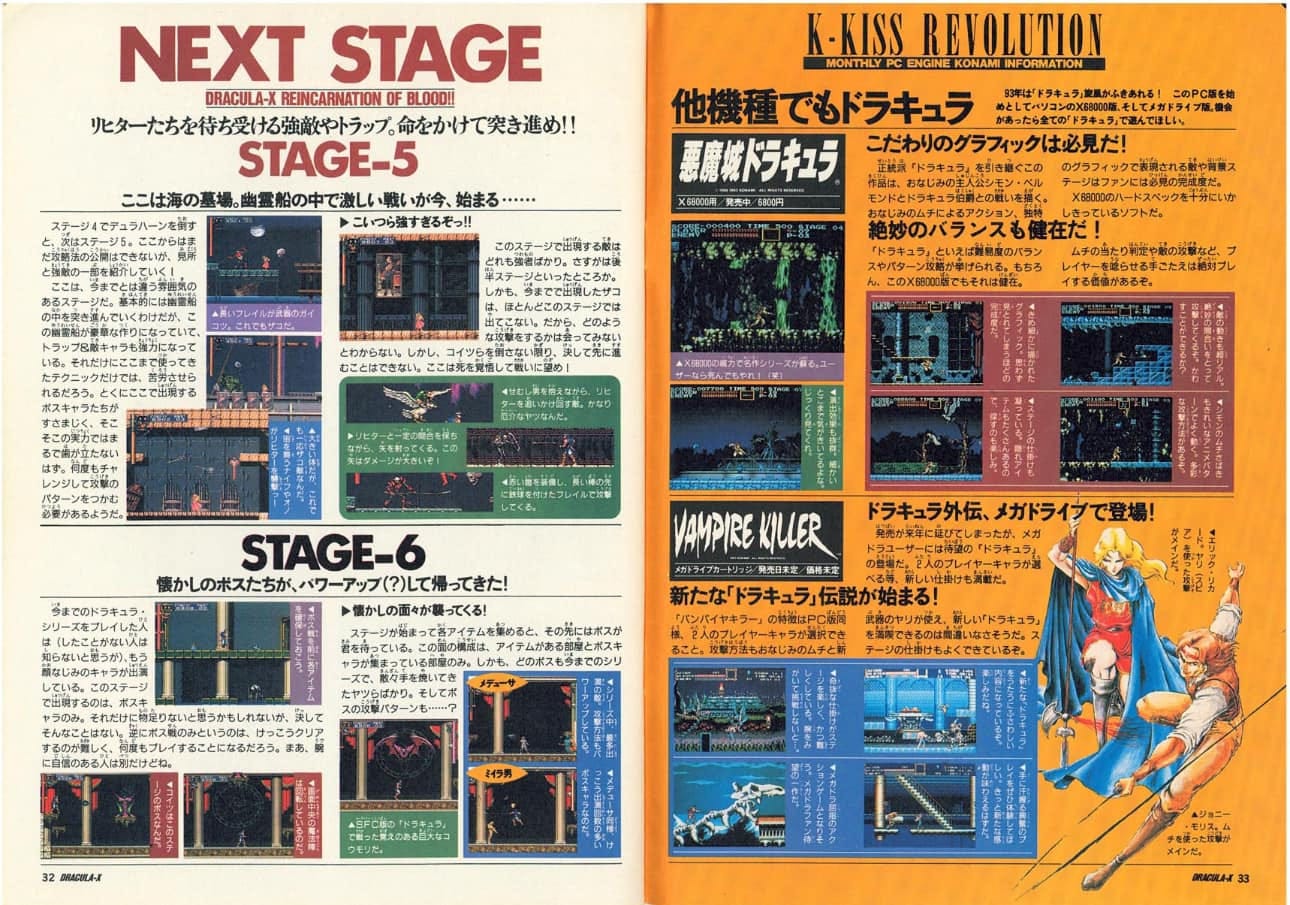
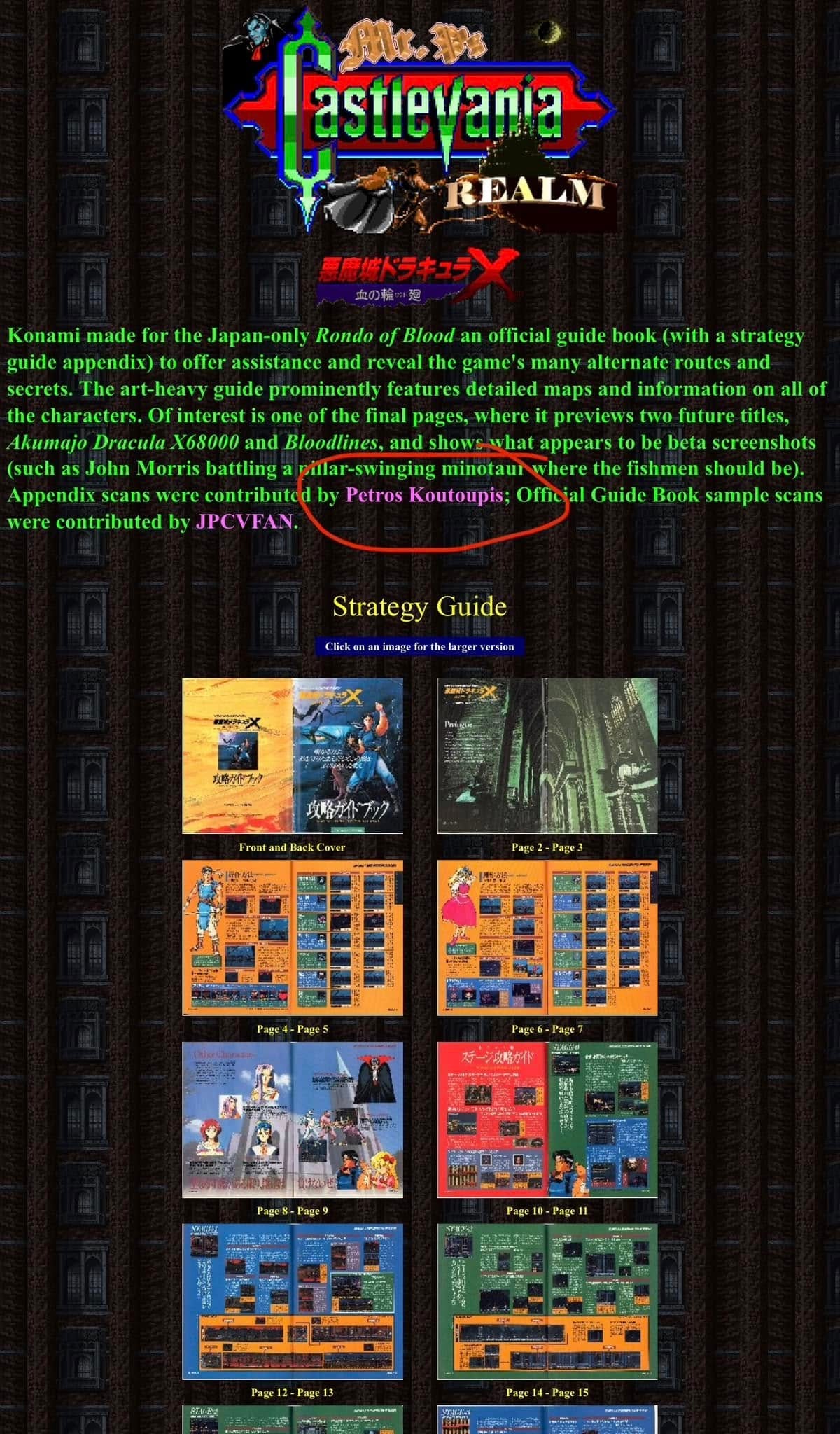
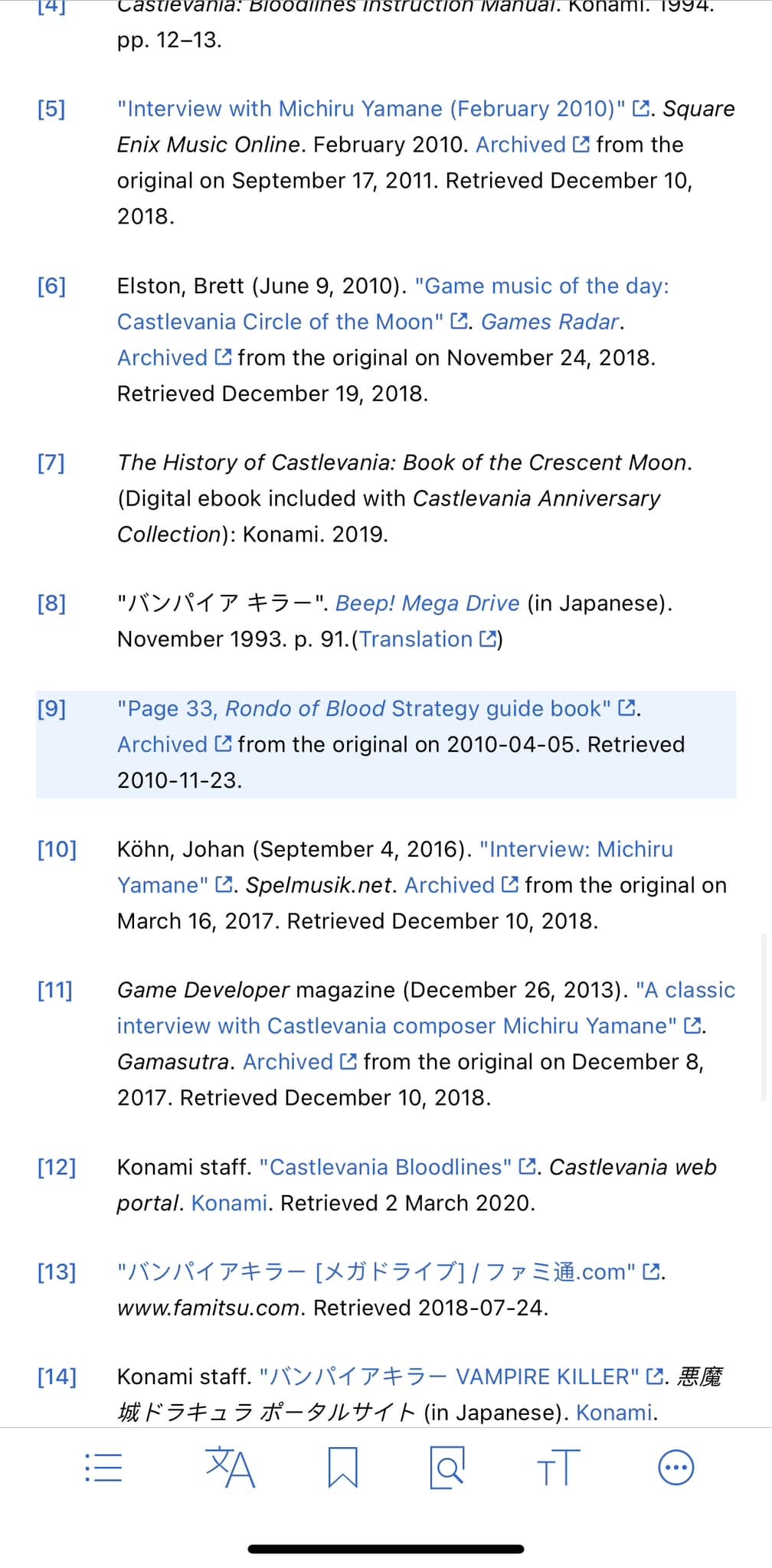
Same here, Castlevania & Final Fantasy, throughout the 80s & 90s. 😊